
Some organic waste programs use large-scale composting to recycle and recover their organic waste in the form of nutrient-rich soil. However, many municipal programs turn to anaerobic digestion as the more popular solution for processing organic waste.
This innovative process utilizes the natural decomposition of organic, transforming waste into valuable resources. Let's dive deeper into the fascinating world of anaerobic digestion and explore how it works.
Understanding Anaerobic Digestion
Anaerobic digestion is a natural process that happens in places without oxygen, like deep down within lakes, swamps, and inside animals' stomachs. Anaerobic digestion facilities copy these conditions to break down organic waste and make biogas, a renewable energy source, along with a nutrient-rich substance called digestate.
The Anaerobic Digestion Process
- Getting the Waste Ready: First, municipalities gather organic materials like food scraps. Different places might accept different kinds of organic waste materials, depending on what their equipment can handle.
- Breaking It Down: Next, we put the gathered waste into special tanks without any air. Microorganisms in these tanks eat and digest the waste and turn it into smaller, simpler pieces.
- Making Energy: As the organic matter gets broken down, it releases a gas called biogas, which is mostly methane and carbon dioxide. This biogas can be collected, stored, and used as a renewable energy source for heating, electricity, and transportation fuels.
- Cleaning Up: After the bacteria finish their meal, there's some leftover residue called digestate. The facility processes it to remove impurities and make sure it's packed with good nutrients. The digestate can then be used as a natural fertilizer that promotes soil health and crop growth.
Key Benefits of Anaerobic Digestion
- Making Renewable Energy: Biogas produced through anaerobic digestion serves as a sustainable alternative to fossil fuels, reducing reliance on fossil fuels like coal or oil. This means we can rely less on resources that harm the environment and produce greenhouse gases.
- Waste Reduction: Instead of letting organic waste rot in landfills and produce harmful methane gas, anaerobic digestion captures that gas and turns it into something useful. This helps fight climate change and keeps our environment cleaner.
- Resource Recovery: Anaerobic digestion isn't just about getting rid of waste; it's about turning it into a useful resource. We can use biogas for energy and the leftover digestate material to make soil healthier. It's like closing the loop on waste, ensuring nothing goes to waste and everything gets reused.
Embracing a Sustainable Future
Anaerobic digestion is proof of the power of nature-inspired solutions in addressing our current environmental challenges. By harnessing the natural processes of microorganisms, anaerobic digestion offers a pathway towards sustainable waste management, renewable energy production, and resource conservation.






















































.png)

%20(25).png)
%20(24).png)
%20(22).png)
%20(21).png)
%20(20).png)
%20(19).png)









%20(12).png)










.png)





.png)
.png)

.png)

.png)


.png)

.png)





.png)
.png)





.png)



.png)











.png)









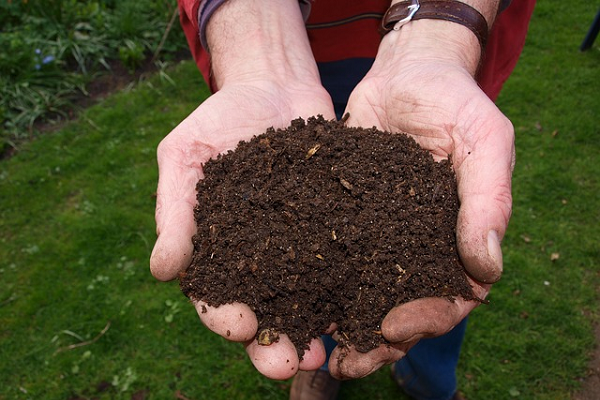
.png)

.png)






.jpeg)



.png)




.png)







%20resize.jpeg)



%20small.png)

.png)
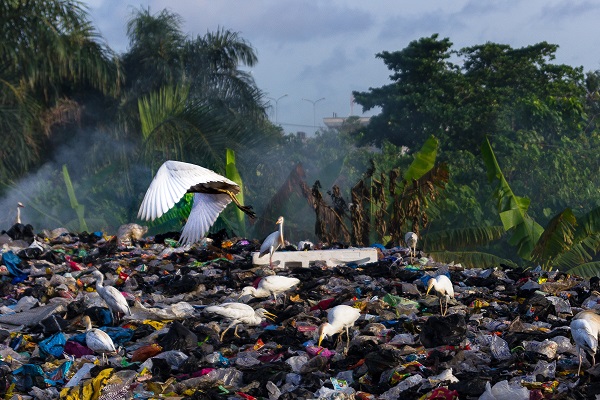
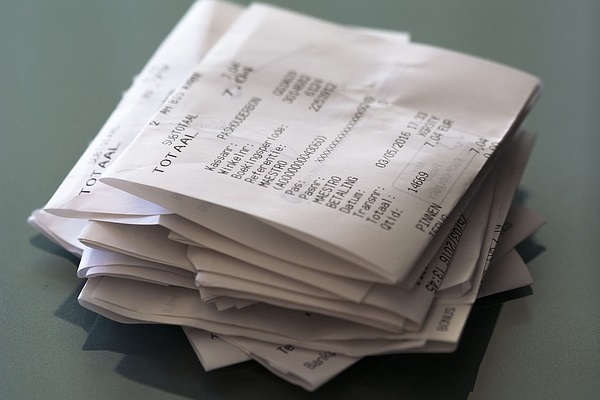



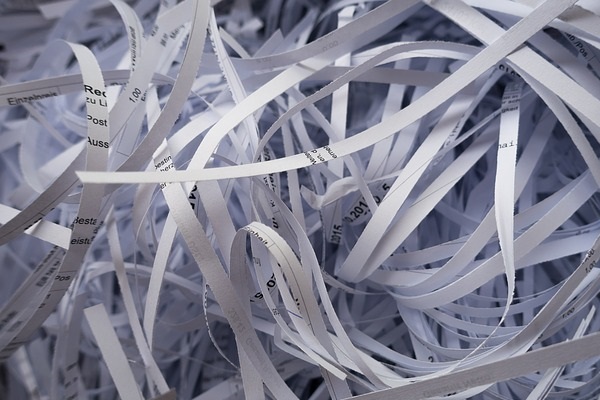

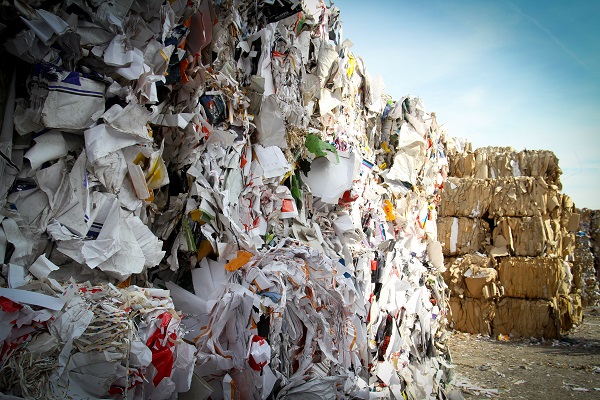

.png)
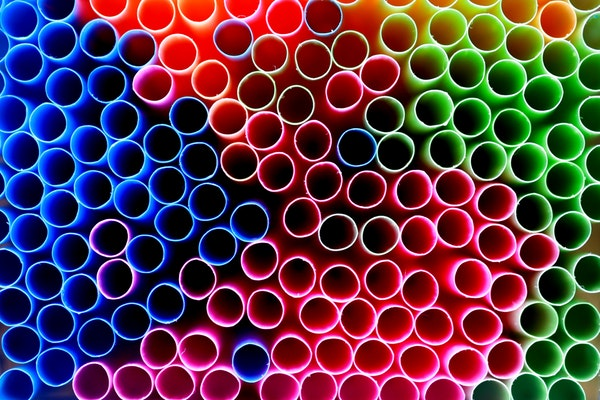
.png)

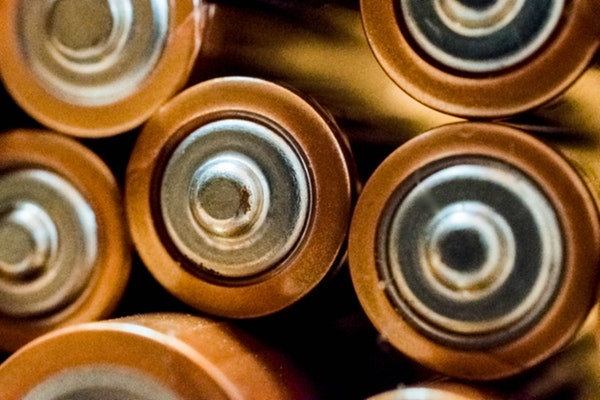
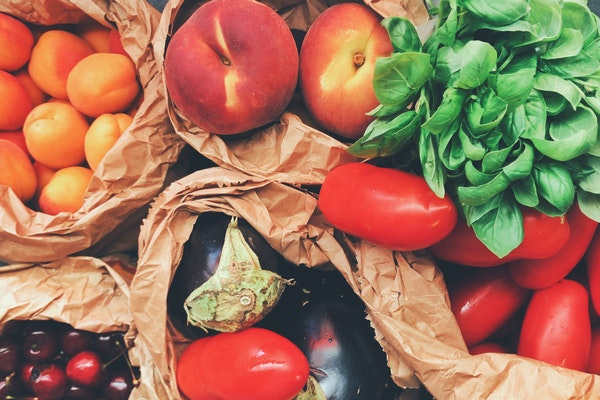

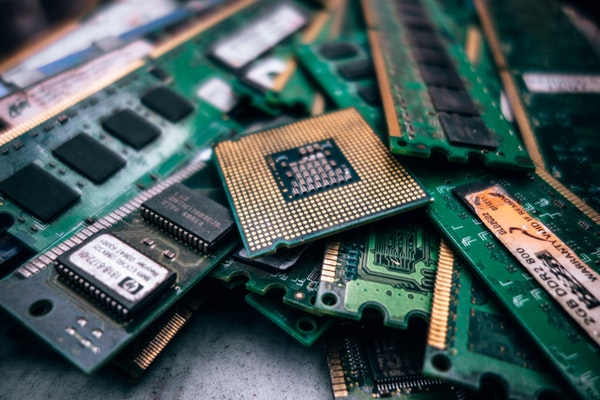
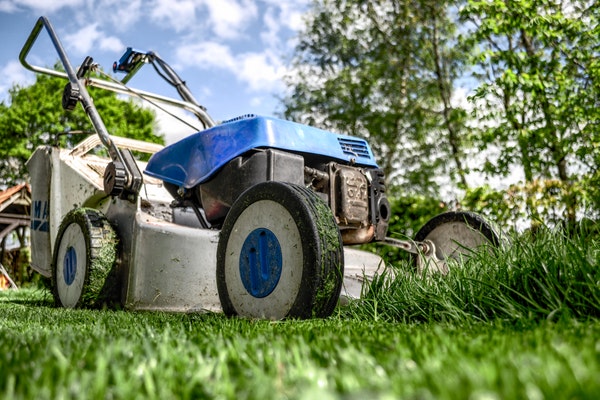




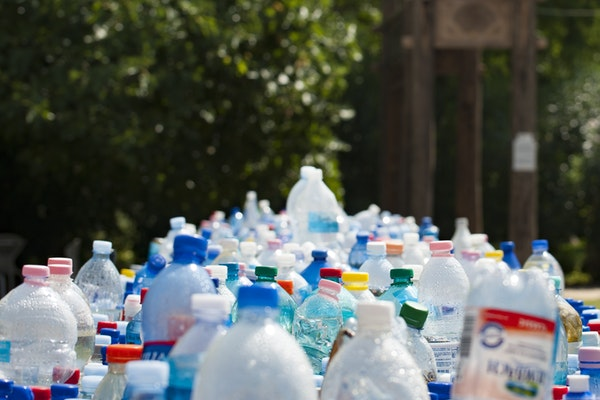




.jpg)
.jpg)
.jpg)
